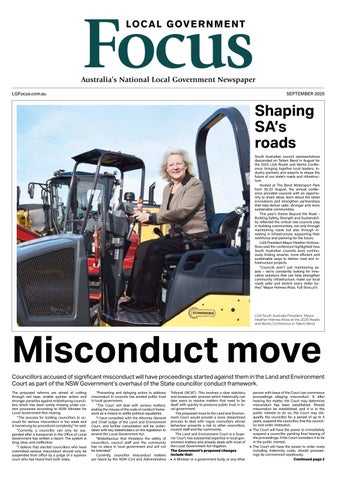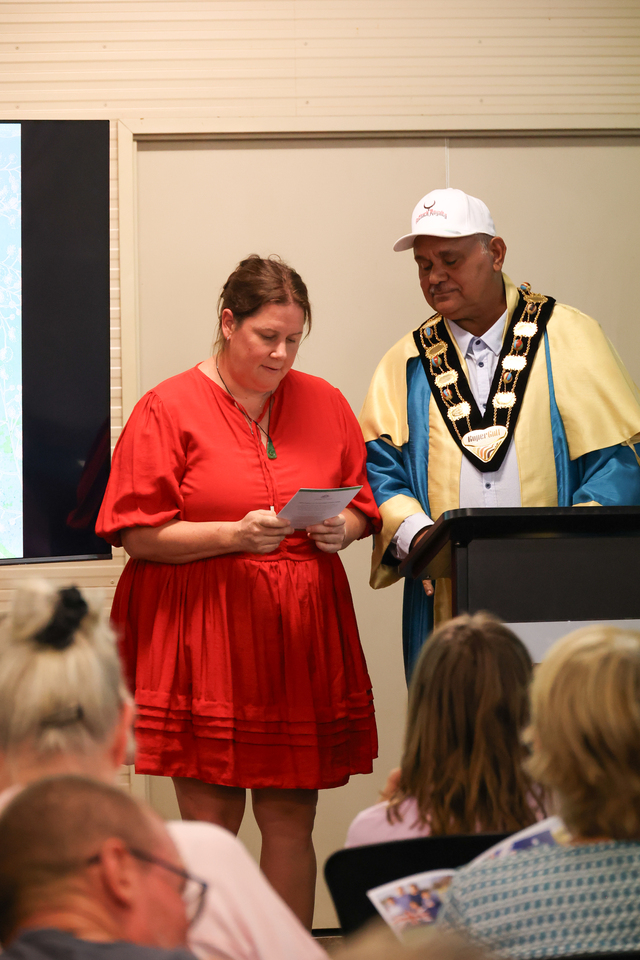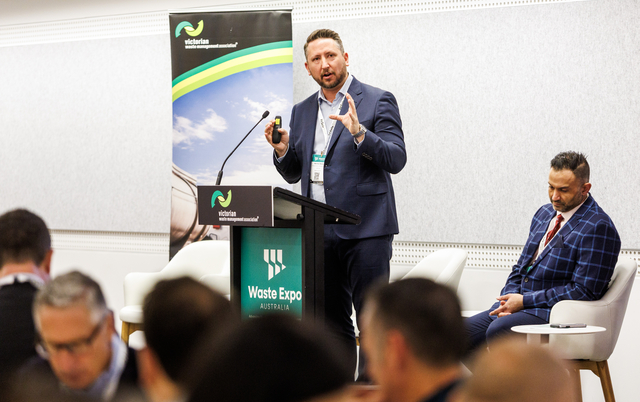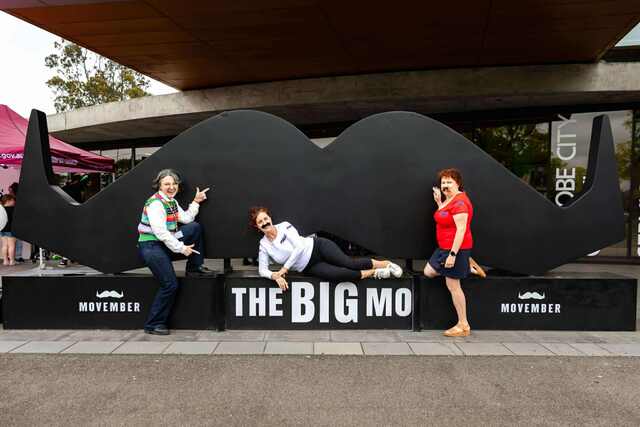The Asset Management Council of Australia was represented at the TC251 (ISO5500x – Asset Management Standard) meeting in Paris in February 2018. With representation from various sectors and industry the internationally represented volunteer working groups came together to discuss and develop emerging global Asset Management themes and challenges.
One such working group is WG7. This team is leading the development of “ISO55011 – Guidance on the development of government asset management policy”. While there is an existing standard calling for an Asset Management Policy (ISO55000), ISO55011 goes a step further to cater for Government.
The proposed International Standard would be aligned to a number of core asset management initiatives:
• The United Nations Sustainable Development Goals, specifically, 6, 7, 9, and 11
• The ISO TC251 Strategic Business Plan, N0384
• The World Economic Forum – Industry Agenda document on Infrastructure
• US Presidential Memorandum on Expanding Federal Support for Predevelopment Activities for Nonfederal Domestic Infrastructure Assets
In addition to the many activities and deliverables undertaken by the working groups, one of the stand out topics that surfaced throughout the week was “Building an infrastructure investment business case geared to ‘overall’ stakeholder value”.
Traditionally a business case for infrastructure spend is determined against a predicted return on investment (ROI). For example “reduced passenger minutes”, “patient waiting time”, “tonnes per hour”. This approach to building a business case addresses the value within a single system (perspective) but what about going beyond these default metrics and considering overall value to multiple systems and multiple stakeholders?
The following example of a light rail infrastructure investment was shared at an international forum immediately following the ISO meeting.
“Traditionally we would consider placing a light rail system in a densely populated or perhaps affluent area. What if we go beyond basic ROI metrics and consider longer term sustainable value? What if we viewed the light rail system as not only moving people from point A to point B, but bringing people to other systems? For instance a low income demographic of a community is likely to have very low vehicle ownership. By providing a light rail system we are enabling a section of the community access to health and education which in time will lead to a change in that demographic…”
The above example promoted a healthy discussion that demonstrated how far the international community has come in Asset Management as a discipline, and how the embracing of Asset Management fundamentals of (Alignment, Assurance, Leadership and Value) needs to be the foundation for decisions.
The world is changing at a rapid rate! By considering these global and local challenges in the context of Asset Management we are assured of making sustained decisions that address the now and consider the future.
The Asset Management Council is a membership-based, not-for-profit, internationally recognised organisation at the forefront of asset management knowledge and development. More information about membership services offered by Asset Management Council and how you can connect with like minded professionals and find ways to assist you in your asset management journey can be found at amcouncil.com.au
*Copy supplied by Asset Management Council







